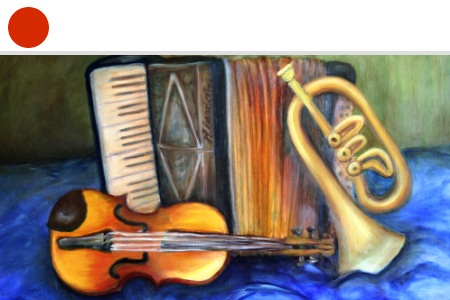Welcome to Our Advanced Music Theory Homeschool Course
Has your student already mastered the skills found in Music Theory I & II? Do they desire to learn more? If so, our Advanced Music Theory course is the perfect solution! Through fifteen weeks of text-based lessons, students explore scales, intervals, chords, and modes to develop a firm understanding of music theory.
External links may be included within the course content; they do not constitute an endorsement or an approval by SchoolhouseTeachers.com of any of the products, services, or opinions of the corporation, organization, or individual. Contact the external site for answers to questions regarding its content. Parents may wish to preview all links because third-party websites include ads that may change over time.
Para traducir cualquier página web, haz clic en los tres puntos o líneas en la esquina superior derecha de tu navegador, o haz clic aquí para más información.
Advanced Music Theory
*Ultimate Membership Only*
Length: 15 weeks
Content type: Text based
Grades: 9–12
Kathleen Thomas
Related Classes You May Enjoy
















